
Read More
New Year’s Eve in Lisbon is a unique mix of excitement and tradition, with everything from street parties to fireworks, traditional foods, ...
Read More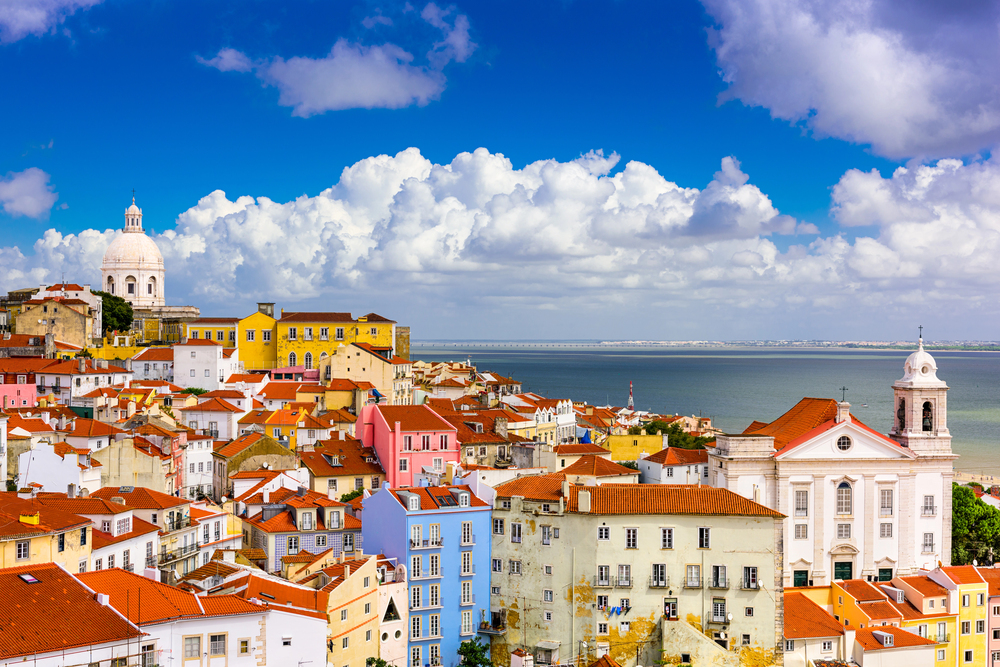
Alfama is one of Lisbon’s oldest and most charming neighborhoods, filled with narrow alleys, historic buildings, and the soulful sounds of Fado music. But with so many hidden corners and winding streets, it’s easy to feel lost or miss out on its best spots. This guide will help you navigate the Alfama District like a local, offering a walking route through its rich history, must-see attractions, and cultural gems, ensuring you experience the true heart of Lisbon.
The top things to do in Alfama include visiting Castelo de São Jorge for panoramic views, exploring the historic Lisbon Cathedral, and experiencing the soulful sounds of Fado music at local venues like A Tasca do Chico. Don’t miss a self-guided walk through Alfama’s narrow streets, stopping at viewpoints like Miradouro de Santa Luzia. It’s also a great spot for enjoying traditional Portuguese food at hidden gems such as Agulha No Palheiro.
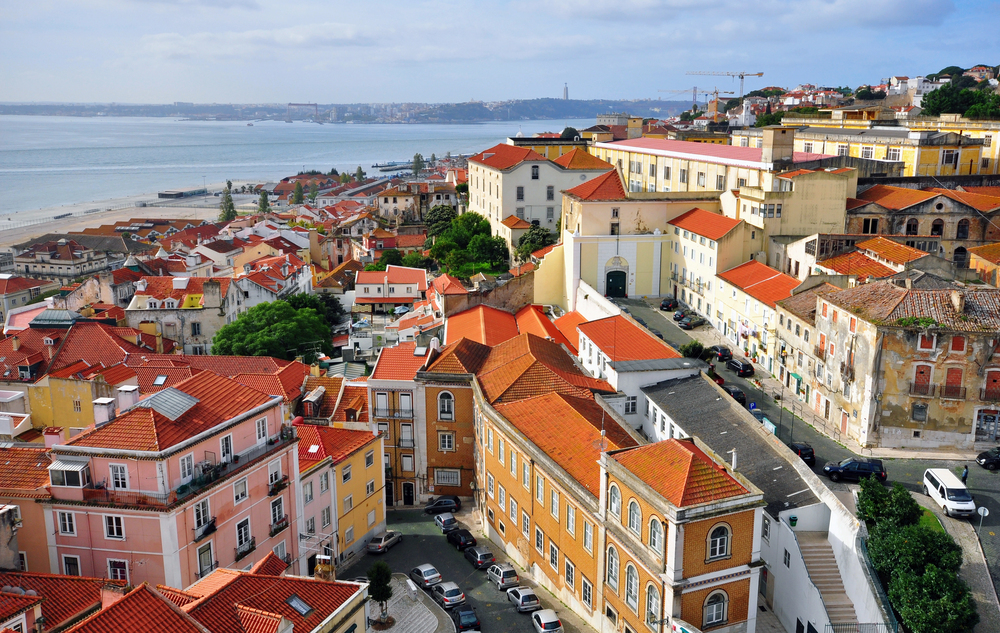
Alfama’s origins date back to the Moorish occupation of Lisbon in the 8th century. Its name is derived from the Arabic word “Al-Hamma”, meaning hot fountains or baths. Despite the 1755 earthquake that devastated much of Lisbon, Alfama survived, preserving its medieval layout and unique charm. Originally a neighborhood for the city’s poor, it has transformed over the centuries while maintaining its historical character.
Alfama’s deep-rooted history makes it one of the most captivating neighborhoods to explore in Lisbon, offering a glimpse into the city’s rich past.
Alfama is home to some of Lisbon’s most iconic landmarks. Here are the must-see attractions that should be on every visitor’s list:
Tip: Visit these attractions early in the morning to avoid crowds and take advantage of the soft morning light for photos.
Alfama’s narrow, cobbled streets are best explored on foot. This self-guided walking tour takes you through the neighborhood’s highlights and hidden corners:
Tip: Wear comfortable shoes, as Alfama’s steep streets and cobblestones can be challenging. Don’t forget your camera for the incredible viewpoints along the way. You can also take Lisbon City Walking Tour.

Alfama is the birthplace of Fado, the melancholic music that captures the soul of Portugal. This neighborhood is home to some of the most authentic Fado houses in Lisbon:
Tip: Book your Fado evening in advance, especially during peak tourist seasons, to secure a table in one of Alfama’s popular venues.
Alfama is filled with charming taverns and cafes where you can enjoy traditional Portuguese food. Here are some top spots to try:
Tip: Try to dine at smaller, family-run restaurants in Alfama for a more authentic experience.
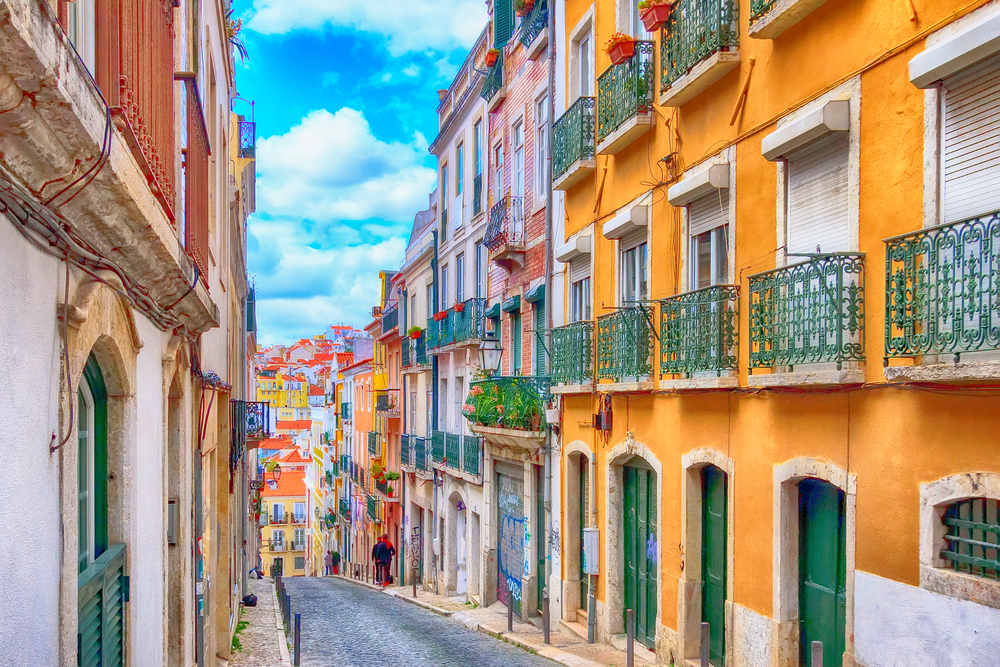
While the major sights are not to be missed, Alfama’s real charm lies in its hidden alleys and local stories:
The best way to explore Alfama is on foot, starting at Praça do Comércio and making your way through Lisbon Cathedral, Miradouro de Santa Luzia, and Castelo de São Jorge. A self-guided walk allows you to discover Alfama’s hidden alleys, local cafes, and stunning viewpoints. Make sure to wear comfortable shoes, as the cobblestone streets and steep hills can be challenging.
To reach Alfama from Lisbon city center, take the Tram 28 from Praça Martim Moniz. This tram ride is both convenient and scenic, passing through some of Lisbon’s historic neighborhoods. Alternatively, you can walk from Baixa to Alfama, which takes about 15-20 minutes. This allows you to explore more of the city on foot and take in the views.
Top attractions in Alfama include Castelo de São Jorge, offering panoramic views of Lisbon, the historic Lisbon Cathedral (Sé), and the Fado Museum, where you can learn about the history of Fado music. Other highlights include Miradouro de Santa Luzia for scenic views and the National Pantheon, which is known for its impressive architecture.
For an authentic Fado experience in Alfama, visit venues like A Tasca do Chico or Mesa de Frades. These traditional Fado houses offer intimate settings where you can enjoy live performances over a meal. It’s recommended to book a table in advance, especially on weekends, as these venues are popular among both tourists and locals.
Alfama is considered Lisbon’s oldest neighborhood because it dates back to the Moorish occupation of Lisbon in the 8th century. It was one of the few areas that survived the 1755 earthquake, preserving its medieval layout and narrow streets. Its history is reflected in the architecture and design, with influences from Roman, Moorish, and Portuguese periods.
The best time to visit Alfama is in the morning or late afternoon. Mornings are quieter, making it ideal for exploring the narrow streets and taking photos of the viewpoints without crowds. Late afternoons are perfect for experiencing Fado music in the evening and enjoying sunset views over Lisbon from places like Miradouro de Santa Luzia.
Plan to spend 3-4 hours exploring Alfama, allowing time to visit key attractions like Castelo de São Jorge, stroll through the neighborhood’s winding alleys, and enjoy a coffee at a local café. If you want to include a Fado show or visit the Fado Museum, consider extending your stay to an evening visit.
Yes, you will need a ticket to enter Castelo de São Jorge. Tickets can be purchased on-site or online to avoid long lines, especially during peak tourist seasons. Entry allows you access to the castle grounds, archaeological site, and viewing terraces, which provide some of the best views of Lisbon.
From the Miradouro de Santa Luzia, you can enjoy panoramic views of Alfama’s red rooftops, the Tagus River, and iconic landmarks like the National Pantheon. This viewpoint is also known for its beautiful azulejo tile panels, which depict historical scenes of Lisbon. It’s a perfect spot for photography and relaxing while overlooking the city.
Alfama’s architecture is characterized by narrow, cobblestone streets, colorful houses, and wrought iron balconies. Unlike other parts of Lisbon, Alfama’s medieval layout was preserved after the 1755 earthquake, giving it a unique charm. You’ll also find azulejos (decorative tiles) on many buildings and historic churches like the Sé Cathedral and Igreja de Santo Estêvão.
With its rich history, stunning viewpoints, and the soulful sounds of Fado, Alfama is the heart of Lisbon. This guide provides everything you need to explore Alfama’s narrow streets, uncover its hidden gems, and enjoy its vibrant culture. Whether you’re a history enthusiast or a foodie looking for authentic flavors, Alfama offers something for everyone.
Discover Alfama’s charm with the MegaPass, which includes the Lisbon City Walking Tour. Walk through historic sites like the Lisbon Cathedral and Castelo de São Jorge with a guide sharing local stories. For a memorable night, enjoy the Fado Night Tour with Dinner, featuring a traditional meal and live Fado music in a classic Alfama setting. The MegaPass offers discounts on both tours, making it a great way to experience Alfama’s history and culture.

New Year’s Eve in Lisbon is a unique mix of excitement and tradition, with everything from street parties to fireworks, traditional foods, ...
Read More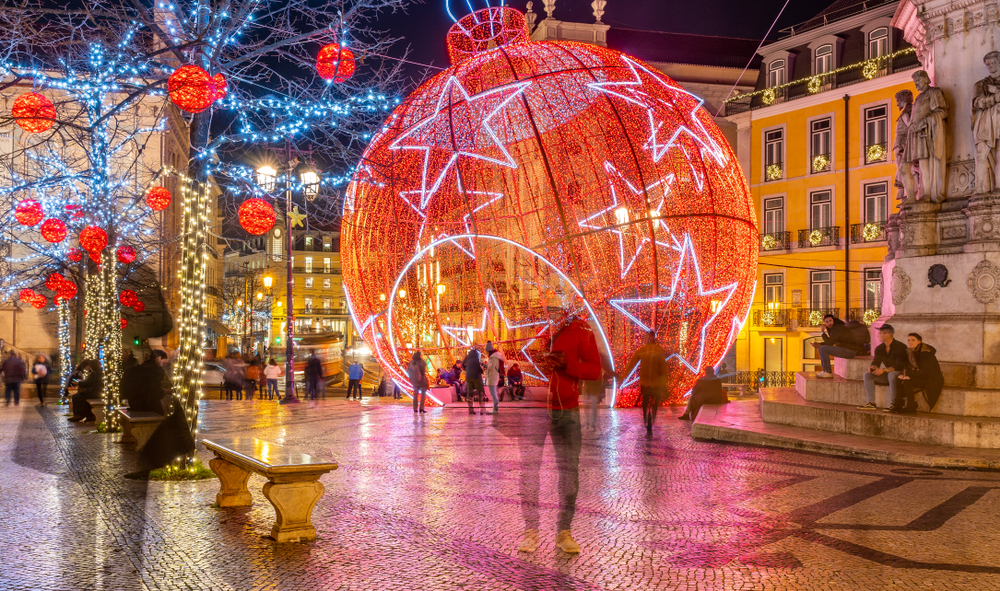
Lisbon transforms into a magical winter wonderland during the holiday season, making Christmas in Lisbon a special experience for locals a ...
Read More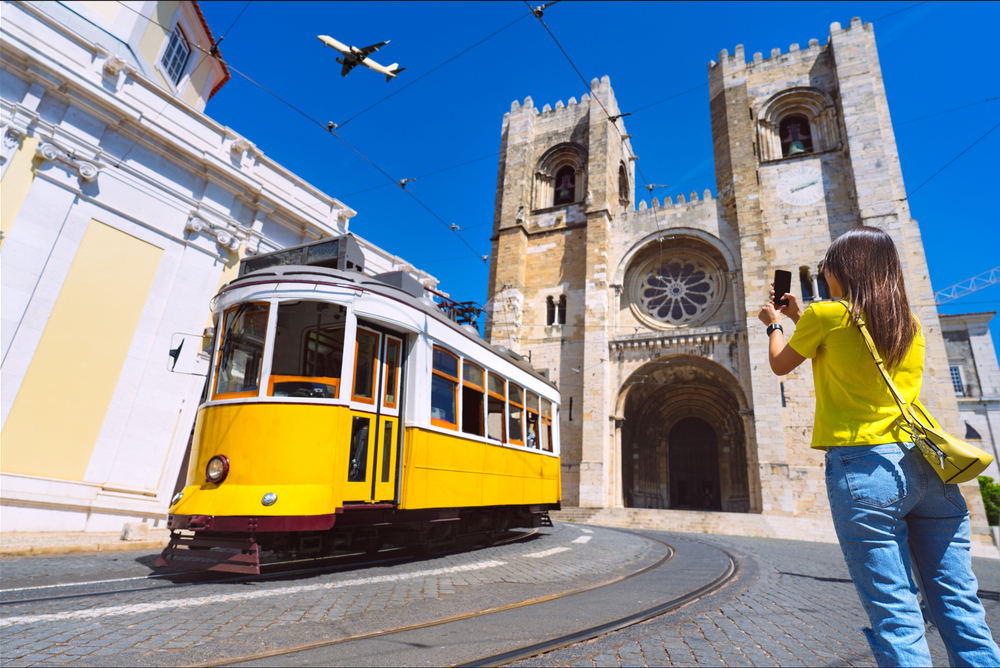
Lisbon, Portugal’s captivating capital, blends history, scenic views, and a thriving cultural scene, making it ideal for a two-day getaway ...
Read More
Lisbon’s vibrant blend of history, culture, and scenic beauty makes it one of Europe’s most captivating cities. From iconic landmarks like ...
Read More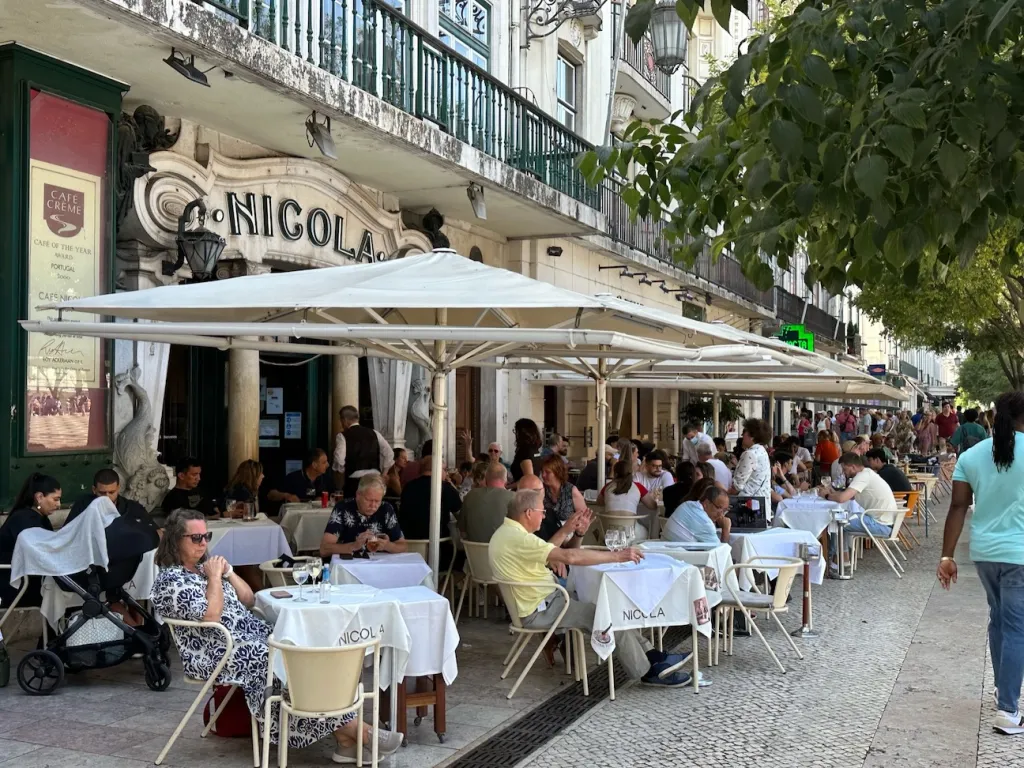
Lisbon’s cafe scene is really beautiful and exciting, offering everything from cozy spots for a bica (Portuguese espresso) to modern space ...
Read More2024 MegaPass by
